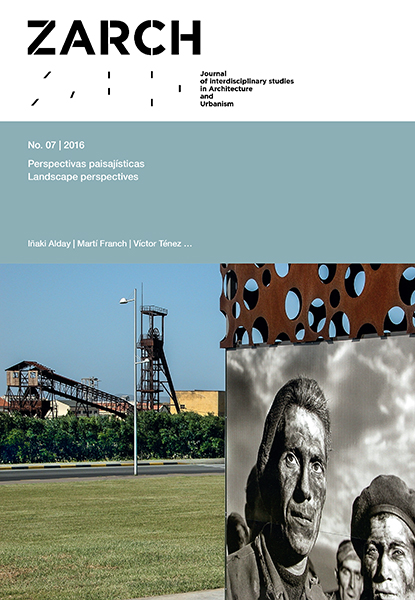Spatial Practices in an Urban World. Reassessing Territory and Ecology as a New Ground for Architecture and Urban Design.
DOI:
https://doi.org/10.26754/ojs_zarch/zarch.201671520Resumen
En este trabajo plantea que para comprender los procesos contemporáneos de urbanización neoliberal y revetir su lucrativa destrucción, es necesario abordar la dimensión planetaria de los fenómenos y reconvertir el mar isotrópico de la urbanización en territorios y ecologías sostenibles.
Palabras clave: Territorio, ecología, urbanización planetaria, urbanismo, desarrollo desigual.
This paper argues that in order to understand contemporary processes of neoliberal urbanisation and to revert its lucrative destruction, the planetary dimension of the phenomena needs to be tackled, and the isotropic sea of urbanisation needs to be reconfigured into sustainable territories and ecologies.
Keywords: Territory, ecology, planetary urbanisation, urbanism, uneven development.





